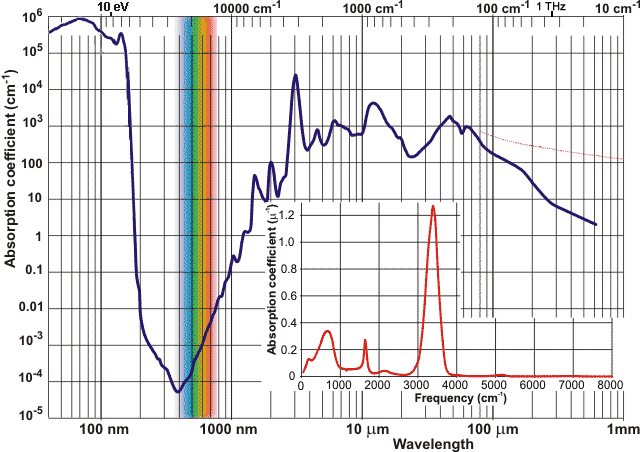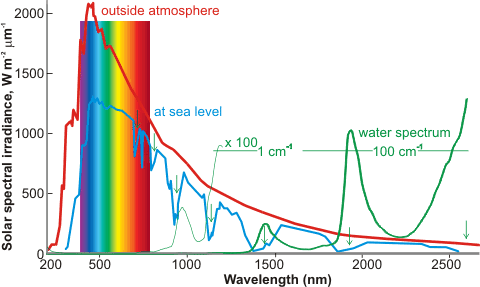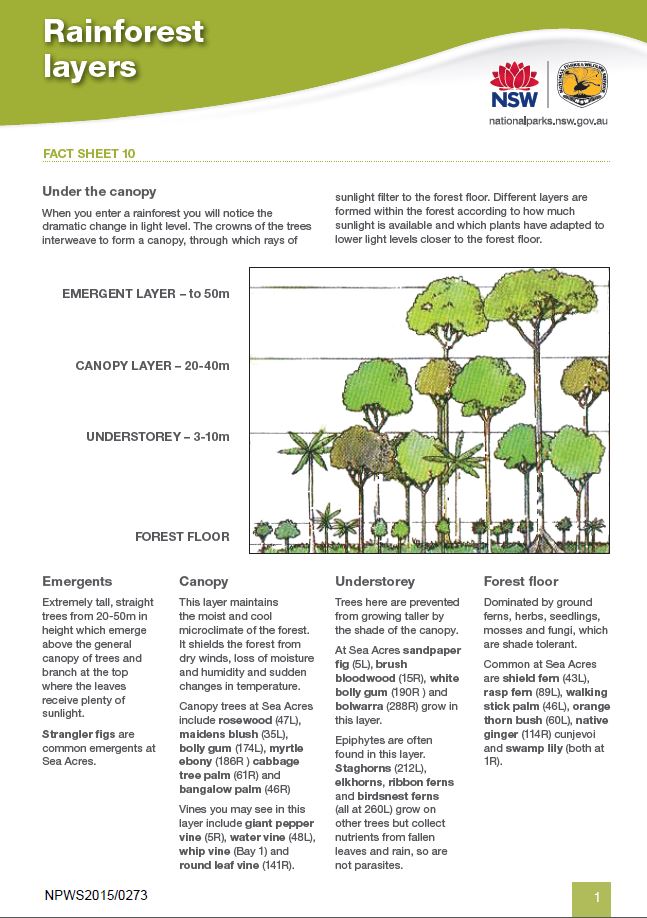Primary question
If this world averages a visible light level of civil twilight (about 1000x dimmer than full daylight, or 500x brighter than full moonlight) during the day, what kind of plants can I get away with?
Information
The planet as determined by my previous question here and my personal solidifying of elements has these characteristics so far. Flexible characteristics are things I am currently going with but are not vital to any story or world-building elements yet.
Flexible Characteristics:
- No moon
- very little tectonic movement, so (relatively speaking) quite flat (this would probably mean shallower water and few mountains).
- Gentle seasons (Similar to near equator on Earth).
Important Characteristics:
- Majority of, or all year, is above freezing
- Almost constant fog.
- Frequent rainfall (usually light drizzles)
- Light exposure much lower than full sunlight on Earth
Additional Details
The planet was not always dark like this. It has been dark for a very long (undetermined) period of time but was not always so dim. It is as dim as it is because of astrological events and its incessant fog.
Because of the planet's flatness, fog, and frequent drizzling, I am assuming lots of shallow, stagnant, or slow moving, bodies of water (marshes) and plains.
I can assume that fungi and mushrooms will be fine with the low light levels and I may end up using them as my "woody" plants, but I am not confident in determining what other types would be reasonable. Mangrove trees maybe?
I am hoping for leafy plants or even trees even if they grow very slowly.
Answers just need to be plausible. Some magic is totally acceptable. I am looking for a spectrum of plants with a few more specific examples.





